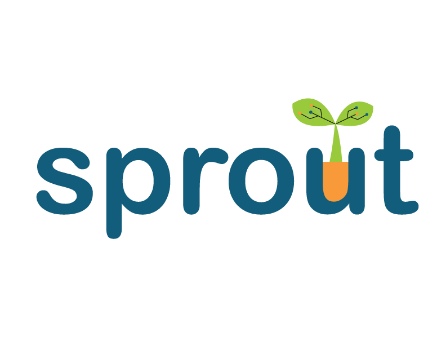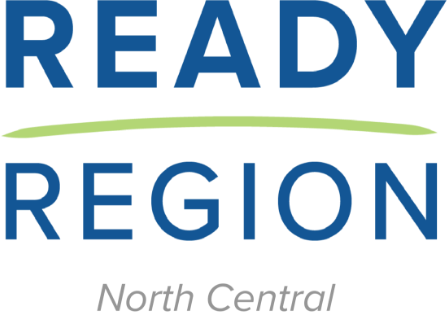
Serving Observers
Observers
In Virginia’s Quality Measurement and Improvement System, VQB5, quality interactions are measured through the Classroom Assessment Scoring System (CLASS®) tool.
The Classroom Assessment Scoring System, or CLASS, is a researched based framework that allows classroom interactions to be measured across different dimensions of teaching that contribute to a positive and effective learning environment. Being a certified CLASS Observer means the individual has undergone specialized training and assessment to evaluate and analyze classroom interactions and the quality of educator- child relationships.
As a certified CLASS observer, our observers are proficient in using specific indicators within the framework to assess important aspects such as Social-Emotional Development, Behavior & Classroom Management and Language & Cognitive Development.
- Observers assess how educators create a supportive and emotionally positive classroom atmosphere.
- Observers evaluate how educators foster a sense of trust, respect, and warmth among children.
- Observers consider the organization of the classroom environment and the educator’s ability to manage the routines, transitions, and materials in the classroom effectively. By observing these interactions, determinations can be made as to how educators promote an engaging learning experience.
- Observers note the educator’s instructional strategies, and their ability to engage children in meaningful discussions and clear explanations to help promote critical thinking, which enhances the learning process.
CLASS certified observers can also access critical aspects of child development such as Educator- Children Interactions and the levels of children’s engagement in a classroom.
- Observers analyze the quality of interactions between educators and children. This includes the level of responsiveness, feedback and encouragement provided by the educator, which greatly influences children’s engagement and learning outcomes.
By observing classroom dynamics, observers can gauge how effectively an educator is able to keep children engaged, motivated and actively participating in the learning activities.
Observers trained in the CLASS tool visit site classrooms twice a year, fall and spring, to conduct these observations. Observations consist of four observation cycles lasting between 15-20 minutes with time for coding in-between each cycle.
Observers provide educators with feedback from the observation. Feedback is vital to educators, helping to make improvements to program techniques, practices, and teaching approaches.

Observers

Our SPROUT Software
Software for
Programs,
Resources &
Observations for
Understanding &
Tracking Success

